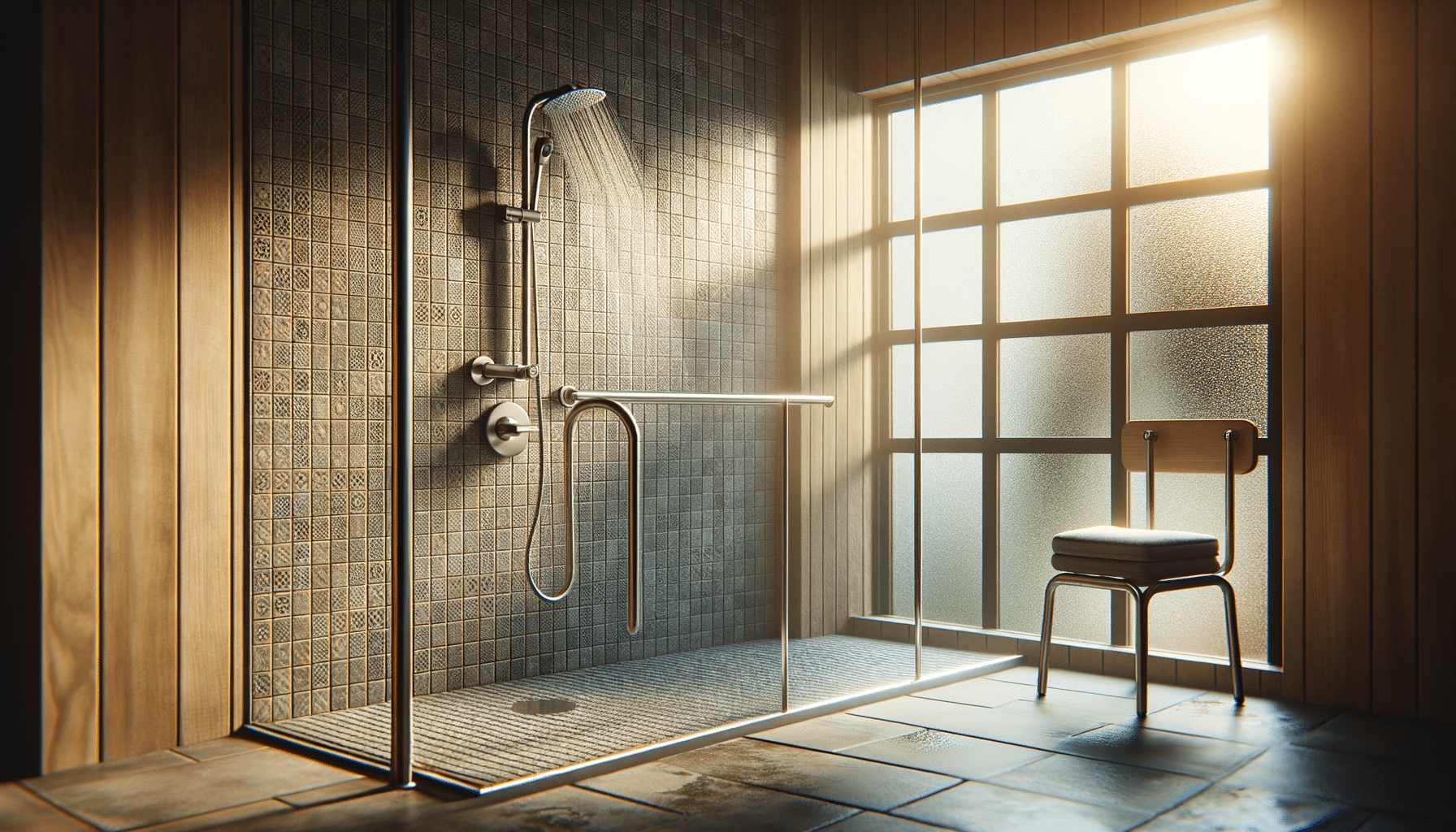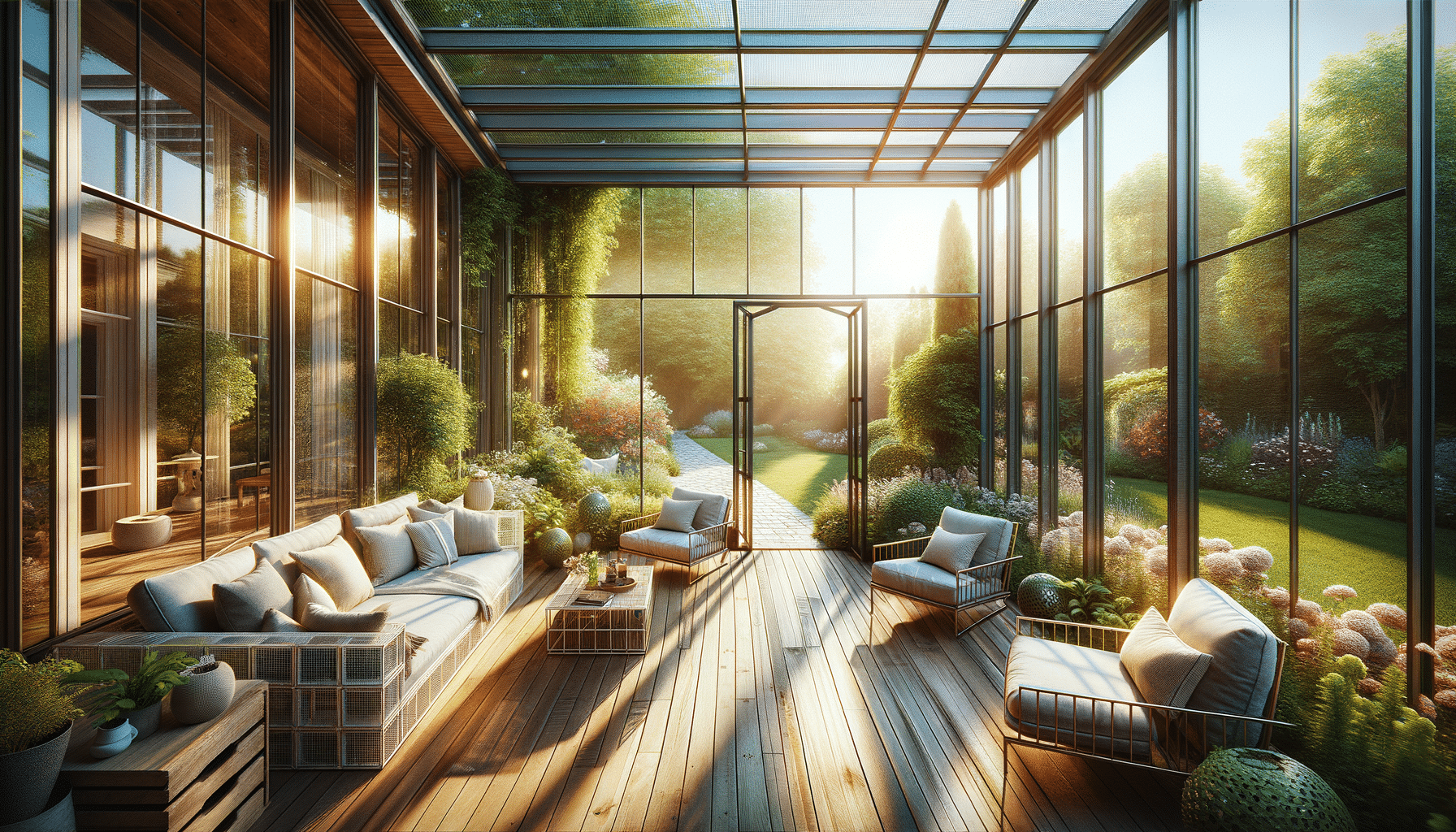
Inside Modern Retirement Living: Amenities, Care, and Lifestyle Explained
Introduction to Modern Senior Living
Retirement living has evolved significantly over the past few decades, merging comfort with essential care to enhance the quality of life for seniors. Today’s retirement communities are more than just places to live; they are vibrant environments that support a healthy and active lifestyle. This article delves into the intersection of design and medical support in senior housing, explores different types of retirement communities, and highlights how these communities are designed to cater to varying needs and preferences.
The Intersection of Design and Medical Support in Senior Housing
The design of senior housing is a critical factor that influences the health and well-being of its residents. Effective design not only includes aesthetically pleasing elements but also integrates features that support medical needs. For instance, wide doorways, non-slip flooring, and strategically placed handrails are standard design elements that promote safety and accessibility. These features are crucial in preventing falls and accidents, which are common concerns in senior living.
Moreover, medical support in these communities is seamlessly integrated into the living environment. This includes the availability of on-site medical professionals, regular health check-ups, and emergency response systems. Some communities are equipped with specialized facilities such as physical therapy rooms and wellness centers, which are designed to cater to the specific health needs of seniors. The intersection of thoughtful design and comprehensive medical support ensures that residents can enjoy a high quality of life with peace of mind.
Understanding Independent, Assisted, and Continuing-Care Communities
Retirement communities come in various forms, each catering to different levels of independence and care. Independent living communities are designed for seniors who can live independently but prefer the convenience of having access to certain services such as meal preparation, housekeeping, and social activities. These communities focus on providing a lifestyle that promotes active living and social engagement.
Assisted living communities, on the other hand, offer more intensive support for seniors who need help with daily activities such as bathing, dressing, and medication management. These communities provide a balance of independence and assistance, allowing residents to maintain their autonomy while receiving the care they need.
Continuing-care retirement communities (CCRCs) offer a comprehensive approach by providing a continuum of care that includes independent living, assisted living, and skilled nursing care. This model is particularly beneficial for seniors who anticipate needing more care as they age, as it allows them to transition smoothly between different levels of care without having to relocate.
The Role of Retirement Communities in Enhancing Quality of Life
Retirement communities play a pivotal role in enhancing the quality of life for seniors by offering a supportive environment that caters to both physical and emotional needs. These communities are designed to foster social interaction and engagement, which are essential components of a healthy lifestyle. Regular social activities, clubs, and events provide residents with opportunities to connect with others and build meaningful relationships.
Furthermore, the availability of amenities such as fitness centers, swimming pools, and recreational areas encourages residents to stay active and maintain their physical health. Many communities also offer educational programs and workshops that stimulate mental activity and provide opportunities for lifelong learning.
By providing a holistic approach to care and lifestyle, retirement communities enable seniors to enjoy a fulfilling and vibrant life during their retirement years.
Conclusion: Choosing the Right Community for Your Needs
Choosing the right retirement community is a significant decision that requires careful consideration of various factors, including the level of care needed, lifestyle preferences, and budget. It’s essential to visit different communities, explore their amenities, and understand the types of care they offer to make an informed choice.
Ultimately, the right community should offer a blend of comfort, care, and opportunities for social engagement, ensuring that residents can enjoy their retirement years to the fullest. As the landscape of senior living continues to evolve, these communities remain committed to enhancing the quality of life for their residents through innovative design and comprehensive support.


